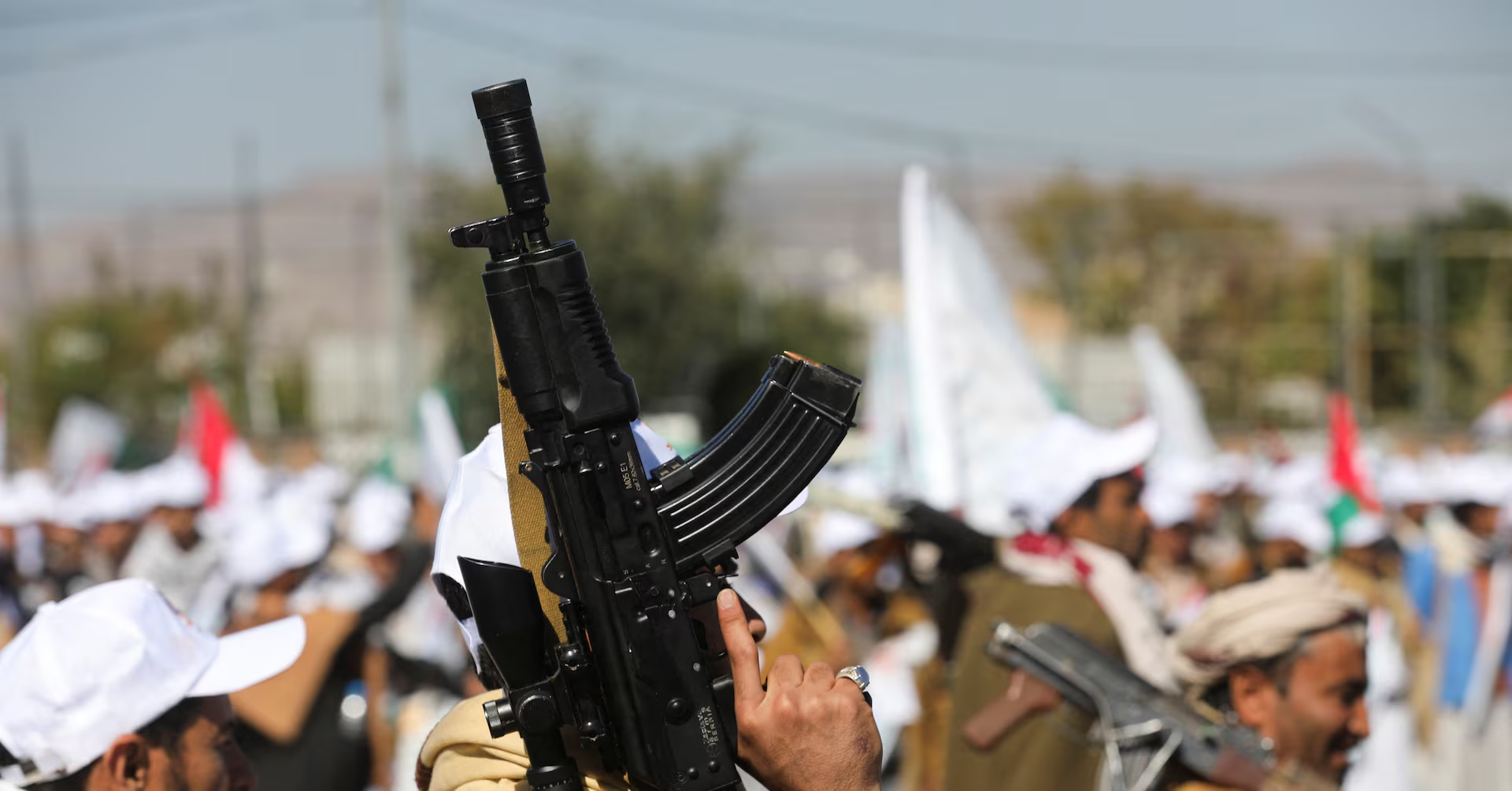Recent intelligence reports have uncovered discussions among the Houthis in Yemen to supply weapons to the Somali militant group al-Shabaab. This development, described by three American officials to CNN, poses a significant threat to the stability of an already volatile region.
Investigations are underway to confirm if Houthi weapons have reached Somalia and to determine whether Iran, known for providing military and financial support to the Houthis, is involved in this arrangement.
According to a senior administration official, the US has been alerting regional countries about this potential alliance. In turn, African nations have approached the US to express their concerns and seek further information.
“This is a pretty active area of conversation that we’re having with countries on both sides of the Red Sea,” the official stated, highlighting the gravity of the situation.
Historically, the Houthis and al-Shabaab have not been allies, given their sectarian differences—Houthis being Zaydi Shiites and al-Shabaab being ideologically opposed to Shiism. However, their proximity, separated only by the Gulf of Aden, and their mutual enmity towards the United States might drive a pragmatic partnership.
This intelligence suggests that such a partnership could exacerbate conflicts in Somalia and the Red Sea region. The Houthis have a history of attacking commercial shipping and US military assets, particularly since the war in Gaza began.
A potential arms deal could provide the Houthis with a new revenue stream, especially as Iran, their primary patron, seems to reconsider its support strategy. For al-Shabaab, the agreement could mean access to advanced weaponry, including drones, enhancing their capability to target US interests.
While smuggling of arms between Yemen and Somalia is not new, a formal weapons agreement between the Houthis and al-Shabaab would mark a significant escalation, officials said. “It would be the clearest sign that two ideologically opposed organizations have prioritized their shared hostility towards the United States,” noted Christopher Anzalone of the Marine Corps University’s Middle East Studies department.
Such cooperation could also threaten the fragile ceasefire between the Houthis and Saudi Arabia and undermine the UN’s roadmap for peace in Yemen. The senior administration official emphasized that this trafficking would complicate efforts towards lasting peace.
Currently, the exact nature of the weapons that might be supplied remains unclear. Al-Shabaab’s current arsenal includes rockets, mortars, and homemade IEDs, while the Houthis possess more sophisticated weaponry, such as drones and short-range ballistic missiles.
Despite the potential for new weaponry, al-Shabaab’s ability to directly attack US assets in the region remains limited due to territorial conflicts, especially in areas controlled by ISIS.
The US maintains about 480 troops in Somalia and continues counterterrorism operations against both al-Shabaab and ISIS.
A critical concern for US intelligence is Iran’s involvement in the arrangement. While there is no direct evidence of Iran’s participation, the possibility aligns with Iran’s broader strategy of supporting proxy groups to challenge US and Western interests.
“The Houthis are among the most independent-minded Iran-aligned groups,” a senior official said, suggesting that Tehran may not be directly orchestrating this deal. “Don’t think Iran is actually part of this,” added a military official, indicating that the Houthis might be acting independently.
The situation remains under close scrutiny as the US and regional partners seek to mitigate the potential threats posed by this emerging alliance.





